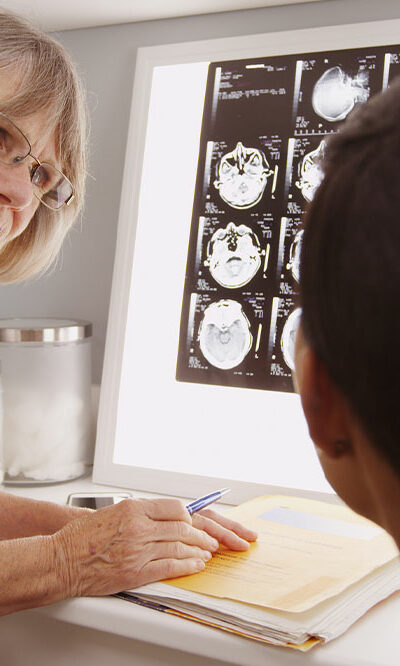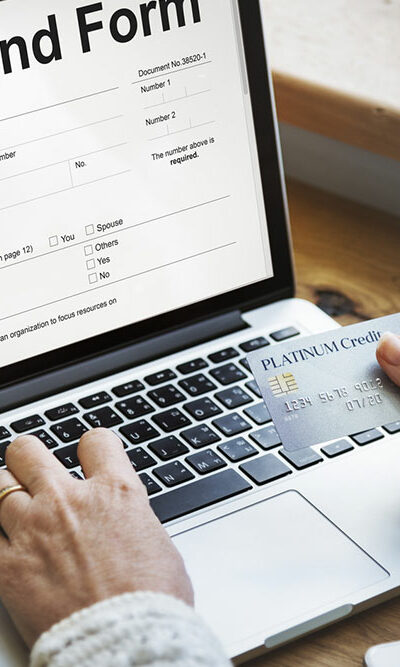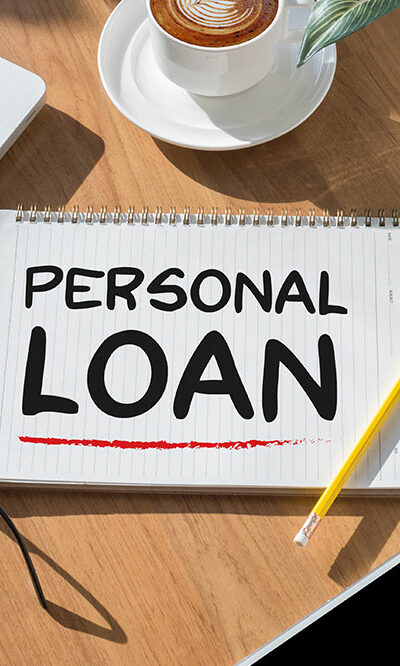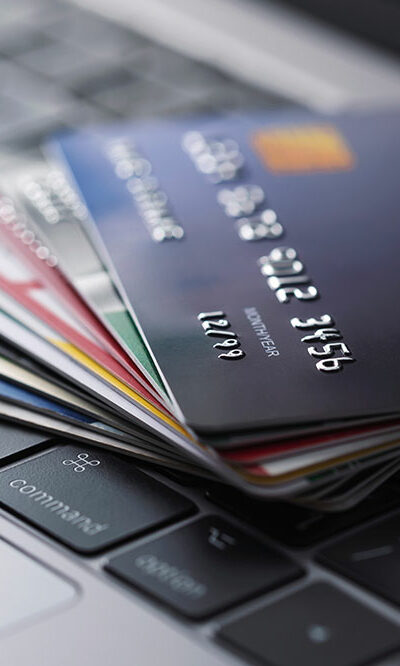
7 Early Warning Signs of Ataxia One Should Not Ignore
Ataxia is a debilitating disorder associated with the nervous system. The cerebellum, a component of the brain, undergoes damage in this health condition. As this component is needed for movement coordination, individuals with Ataxia show symptoms such as stumbling, falling, speaking in a slurry manner, and not having control over eye movement. Ataxia can be detected and diagnosed at an early stage based on specific early symptoms, which are discussed below. Difficulty with balance and coordination Since Ataxia affects the cerebellum, it causes people with this condition to perpetually experience a feeling of unsteadiness while standing or walking. One may constantly feel that they may fall due to a lack of balance. Apart from that, individuals with this condition may also have difficulty with changing directions or turning, and may frequently stumble or fall while attempting to do so. Moreover, some patients may also face balance-related problems while standing on one leg. Ataxia also adversely affects motor coordination. So, people with this condition lose control of their arms and legs and some other vital muscles. This can cause involuntary movement in a person’s fingers, hands, arms, legs, and other muscles in the body. Slurred speech and swallowing difficulties Among the muscles affected by Ataxia are the ones that aid speaking. Therefore, people with this condition may speak in a slurry and incomprehensible manner. This early indicator of Ataxia negatively impacts one’s ability to communicate with people around them. Unfortunately, communication issues brought about by this health condition directly result in misunderstandings and difficulties in social gatherings and situations. The tongue is a muscle that is vital for swallowing food as well. Therefore, if a person loses control over their tongue, they will find it difficult to ingest food. This holds true for solid as well as liquid foods. All in all, if one faces issues such as difficulties in speaking and swallowing food, they need to consult their healthcare provider immediately.










